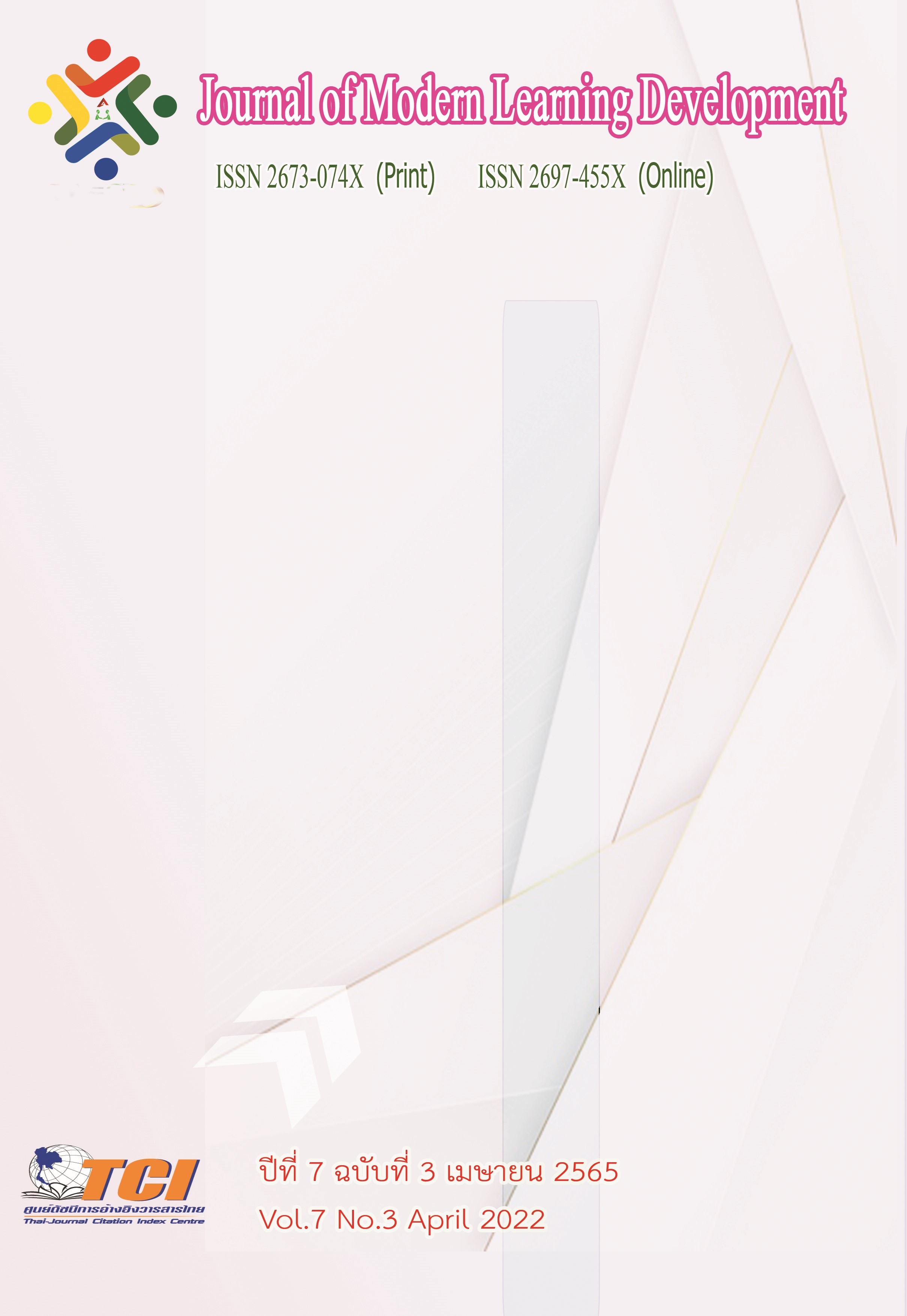Study on Cultural and Tourism Product Layer and Experience Quality in Ethnic Minority Areas Take Jinuo Mountain Village as an Example
Main Article Content
Abstract
According to tourism experience theory, tourism semiotics theory, consciousness map theory, and planned behavior theory, starting from tourism products and taking tourists' "behavior" as the research idea, it is found that tourism products are the important factor affecting customer behavior. The immersive experience layer of the product has a positive impact on the post-tour behavior of tourists, and a conceptual model and research hypotheses are proposed. Taking 360 group tourists organized by travel agencies to Xishuangbanna as the research object, choosing mature scales such as travel experience preference, surveying the 360 research objects using questionnaires, and analyzing the 360 questionnaires collected through SPSS and AMOS software, using quantitative analysis method.
The results show that: in the context of cultural tourism products and services in ethnic areas, the structure of cultural tourism products in ethnic areas has a stronger impact on tourists' willingness to share and revisit after traveling through the level of tourists' immersive experience in the intermediary variable. It not only puts forward targeted countermeasures and suggestions but also verifies the empirical research on tourists' post-tour behavior based on the immersive experience level adapted to cultural tourism products in China's ethnic regions.
Article Details
References
Anderson, J.C.,(1991).Predicting the performance of measures in a confirmatory factor analysis with a pretest assessment of their substantive validities. Journal of Applied Psychology. 76 (5).732–740.
Baker, D.A. and Crompton, J.L. (2000) Quality, Satisfaction and Behavioral Intentions. Annals of Tourism Research.27.785-804.Um,Chen&Ro (2006)
Brislin,R.W.(1980).Translation and content analysis of oral and written material. Handbook of cross-cultural research. Volume 1 (pp. 389-444). Boston: Allyn & Bacon
Ching-Fu Chen&Dungchun Tsai(2007). How Destination Image and Evaluative Factors Affect Behavioral Intentions? Tourism Management. 28 (4),1115-1122
Gitelson&Richard.(1984). Insights into the repeat vacation phenomenon. Annals of Tourism Research. 11 (2), 199-217.
Hongbo Sun.(2009).Tourism: Interpersonal Symbolic Interaction. Journal of Liaodong University: Social Science Edition. 11 (5).4.
Hui Song.(2015). Evaluating the Cooperation Risk between Rural Tourism and Third-Party Network Platform by Using Confirmatory Factor Analysis. International Journal of Security and Its Applications. 9 (5), 231-242
Jiangzhi Long et al.,(2009). Theoretical Model of Tourism Experience Generation Approaches. Journal of Social Sciences (3), 4.
Jingyan Liu et al.,(2009).The influence of eco-accommodation experience and personal involvement on tourists' environmental behavior intention. Journal of Tourism. (8) 7, 82-88
Junxia Lu et al., (2005). Discussion on the Three Relationships of Tourism Development in Ancient Towns in my country. Research on Technological Economy and Management (6), 95-96.
Kotleri.(2003).Marketing Insights from A to Z: 80 Concepts Every Manager Needs to Know. Wiley Publish.1st edition (March 3, 2003)
Mano, H.&Oliver, R.L.(1993).Assessing the Dimensionality and Structure of the Consumption Experience: Evaluation, Feeling, and Satisfaction. Journal of Consumer Research. 20, 451-466.
Petrick JF. (2004).The Roles of Quality, Value, and Satisfaction in Predicting Cruise Passengers’ Behavioral Intentions. Journal of Travel Research. 42 (4), 397-407.
Yong Yu et al.,(2010).A Study on the Relationship between Place Dependence and Tourists’ Post-tour Behavioral Inclinations——With Value Perception and Satisfactory Experience as Mediating Variables. Tourism Science. 24 (3), 10.


